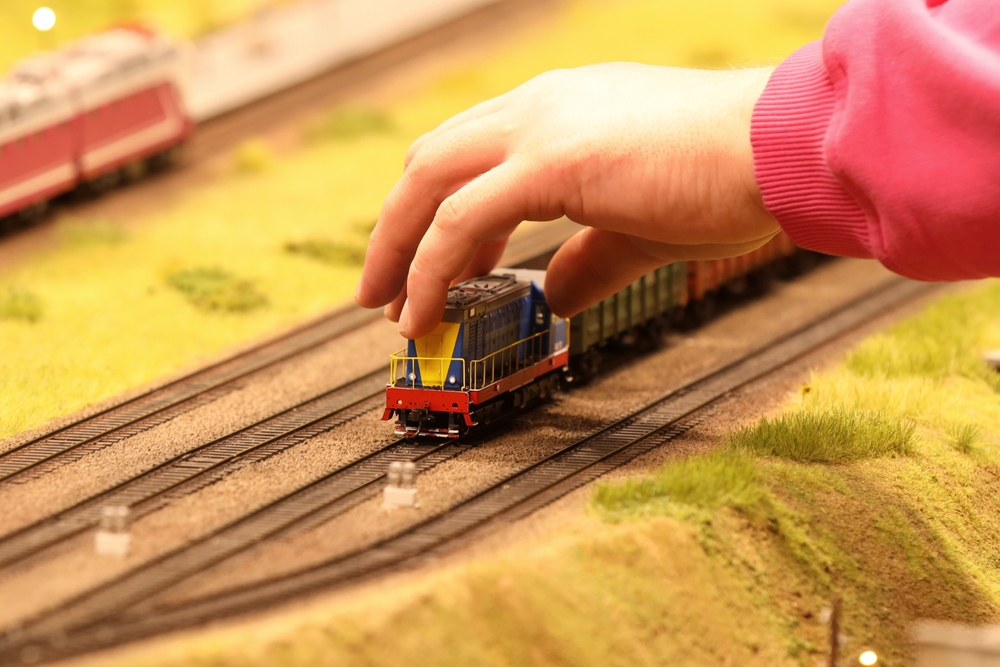Model train layouts are a captivating hobby that combines elements of artistry, engineering, and nostalgia. However, like any intricate pastime, there are numerous pitfalls that both beginners and seasoned enthusiasts can fall into. Here are some common mistakes to avoid to ensure your model train layout looks stunning and runs smoothly.
1. Poor Planning and Design
One of the biggest mistakes is jumping into the construction of a layout without adequate planning. A well-thought-out plan is crucial. Here’s what to consider:
- Space and Scale: Measure your available space accurately and choose a scale that fits comfortably. Trying to cram too much into a small area can lead to a more manageable layout.
- Track Plan: Design your track plan carefully, considering aesthetics and functionality. Ensure there are enough sidings and passing loops if you plan to run multiple trains.
- Future Expansion: Plan for future expansions. You might want to add more tracks, scenery, or buildings later, so leave room for growth.
2. Neglecting the Importance of a Solid Base
The base or benchwork is the foundation of your layout. A flimsy or unstable base can cause significant problems down the line.
- Sturdiness: Use quality materials to build a strong, level base. Plywood is a popular choice due to its strength and durability.
- Height: Consider the height of the base. It should be comfortable to work on and view, typically between waist and chest height.
3. Improper Track Laying
Track laying is an area where precision is key. Mistakes here can lead to derailments and operational headaches.
- Level Tracks: Ensure tracks are level. Uneven tracks can cause trains to derail or stall.
- Smooth Curves: Avoid tight, abrupt curves which can derail trains. Use a track radius suitable for the scale and type of trains you are running.
- Secure Connections: Make sure all track joints are securely connected and gaps-free. Poor connections can lead to electrical issues and derailments.
4. Electrical Mistakes
Electrical systems are the backbone of a functioning model train layout. Common electrical mistakes can lead to frustrating operational problems.
- Insufficient Wiring: Use adequate gauge wire to handle the current required by your layout. Thin wires can overheat and cause electrical failures.
- Poor Soldering: Ensure all solder joints are solid and clean. Poor soldering can lead to intermittent connections and unreliable operation.
- Ignoring Power Districts: For larger layouts, dividing the layout into power districts can help isolate and diagnose electrical issues more easily.
5. Overlooking Maintenance
Regular maintenance is crucial for smooth operation.
- Track Cleaning: Clean the tracks regularly to prevent dirt and oxidation from causing electrical problems.
- Rolling Stock Maintenance: Keep wheels and gears of locomotives and cars clean and lubricated. Neglecting this can lead to poor performance and increased wear.
6. Neglecting Scenery and Detailing
While the trains and tracks are central, scenery and detailing bring your layout to life.
- Lack of Realism: Pay attention to realism in your scenery. Use a variety of textures and colors to mimic real landscapes.
- Overcrowding: Avoid overcrowding your layout with too many elements. This can make the design look chaotic and unrealistic.
7. Ignoring Scale and Proportion
Consistency in scale and proportion is crucial for a realistic appearance.
- Mixing Scales: Stick to one scale throughout your layout. Mixing scales can break the illusion and look jarring.
- Proportional Scenery: Ensure buildings, vehicles, and figures are proportionate to each other and the trains.
How Charles Ro Can Assist
At Charles Ro, we support model train enthusiasts through every step of their journey. Our expert planning, high-quality materials, comprehensive electrical solutions, and realistic scenery products ensure a reliable and authentic model train layout. We also offer ongoing support and maintenance advice. Shop at Charles Ro for a stunning model train layout you can be proud of.


